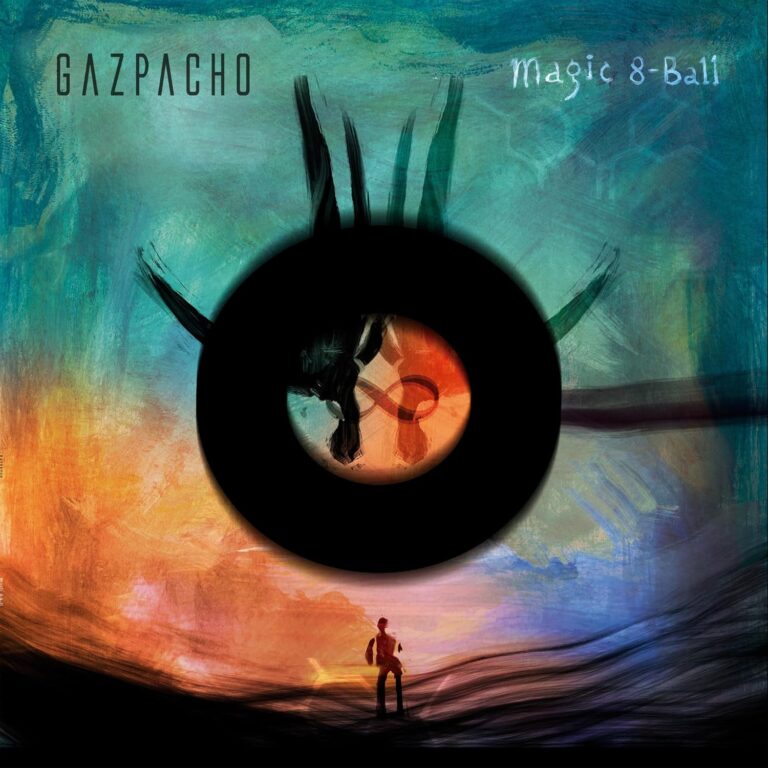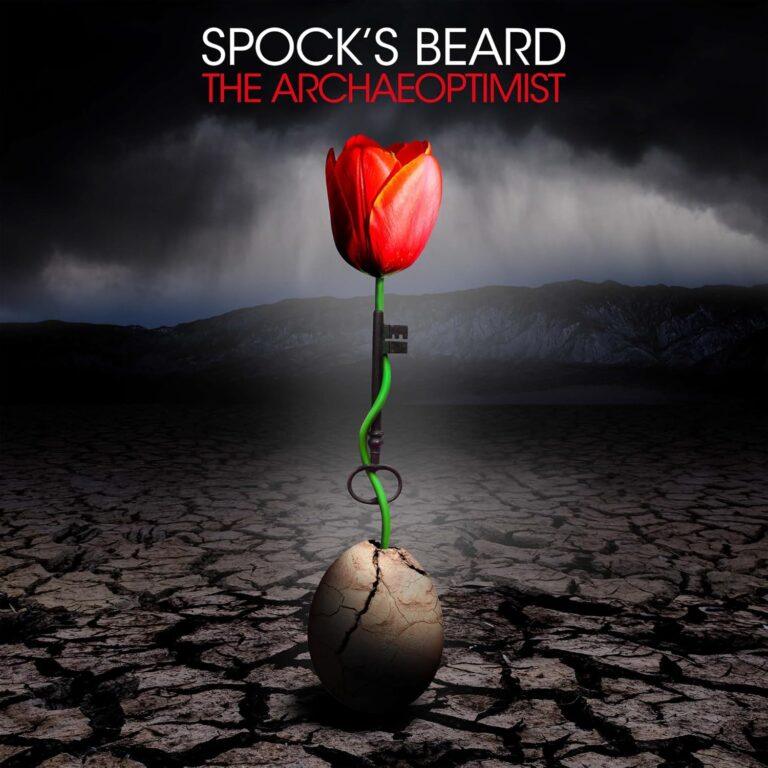
It is arguable, and strongly so, that sorceress marked the pinnacle of Opeth’s progressive output at its time of release. A refined and intelligent set, it drew on the metallic strength of the band’s earlier period, underpinning the band’s increasingly complex material with muscular riffing and taut rhythms. The series of live shows that followed the album’s release only cemented the fact that Mikael Akerfeldt’s vision for the band’s future represented a natural, evolutionary step that would enable Opeth to thrive for years to come and it perfectly paved the way for the remarkable In Cauda Venenum. Released simultaneously in English and Swedish (with the Swedish version considered to be definitive), this review covers the Swedish edition and we would strongly urge listeners to focus on this version (a 2 CD set provides both versions, for those who wish to try a comparison) as it captures a remarkable poetry that makes you wonder why the band have not tried anything like it before.
Opening with an instrumental piece, the eerie Livets Tradgard, Mikael and the band create a sense of fading grandeur, the synth soundscape capturing a sense of gentle melancholy that gives way to excitement as Floyd-esque pulsing electronica bubbles up through the layers. An enigmatic composition, it sets the scene perfectly for the explosive svekets Prins, a densely plotted track that sits perfectly between the soaring elegance of Pink Floyd and Opeth’s own unique and familiar sound. When, after two minutes, the band execute a dramatic volte face, pairing everything back to a surprisingly vulnerable vocal, the haunting lyricism of the Swedish language accentuates the fragile beauty of the release and giving considerable weight to the dynamic shifts that follow. Ending in a trippy smattering of laughter, the track gives way to the surprisingly heavy Hjartat Vet Vad Handen Gor, a piece best described as Opeth-in-excelsis. All the familiar elements are here and yet the band attack the piece with such enthusiasm and power that it feels fresh all over again. As one might expect from Opeth by now, it’s a dynamic piece of music, but what is unexpected is the way that stunning beauty ad blistering might is so effectively juxtaposed here, and the eight-minute track flies by in what feels like a fraction of the time. Next up, the gothic De Narmast Sorjande is built around a stunning riff, although it’s Mikael’s vocal delivery that really hits home, his use of falsetto to expand his range done with inimitable panache whilst the subtle, acoustic passages that haunt the song are recorded with such clarity, it feel as if he’s in the room with you. Truly this is where Opeth were headed with Sorceress and, although that is an exceptional album, In Cauda Venenum trumps it in every detail. Having done with the epic bombast of the preceding pieces, Opeth slow the pace with the beautiful Minnets Yta, a track haunted by the ghost of Rick Wrightand possessed of a silken melody that threatens to break the heart with its simple sincerity. It rounds out the first half of the album perfectly and it’s just beautiful – the solo, the subtle piano, Mikael’s vocals… Opeth have rarely penned more perfect a track.
Opening the album’s second half, the bristling Charlatan sees Opeth throw Meshuggah and King Crimson into a blender, the result proving to be one of Opeth’s heaviest tracks in years, ably demonstrating that perceptions of heaviness do not begin and end with screamed vocals. The track fades down under a layer of echoing voices, allowing the wondrous ebb and flow of the orchestral Ingen Sanning Ar Allas to sweep into view. One of the band’s most enigmatic pieces to date, it covers a huge amount of ground, Mikael’s increasingly ethereal vocals washed in a gorgeous psychedelic haze that is perfectly suited to the orchestral treatment of the arrangement. Some stunning Spanish guitar opens Banemannen, before a haunting piano refrain provides the gateway to a jazz-infused piece that slinks down alleyways hitherto haunted by the likes of Barry Adamson. Richly exotic, it’s quite unlike anything to which Opeth have put their hand before, and it stands as an album highlight. The squally Kontinuerlig Drift emerges next, spiralling from Damnation-era acoustic beautyto near-Watershed levels of heaviness. It flows like a river, by turns peaceful and then torrential, to a Mellotron-washed finale is nothing short of heart-breaking. The piece segues into the sinister Alting tar slut, a lengthy finale that ties the pieces of the album together, the band imbuing the piece with symphonic scope as the drums echo around the mix and Mikael delivers one of the album’s very best vocals in the process. It’s a remarkable climax to a remarkable album and it proves to be a perfect ending both emotionally and musically.
Looking back over this review I see a lot of superlatives. I considered an edit and then, instead, played the album through several more times, realising in the process that the plaudits are more than justified. This is, quite simply, a latter-day Opeth Masterpiece, as game-changing in terms of the band’s progressive material as Blackwater Park was for their death metal days. It’s a work of muscular beauty that builds on all the promise of the previous three albums, synthesising the best moments of each into a stunning, ten-track epic that stands as one of the year’s finest releases, metal or otherwise. 10




